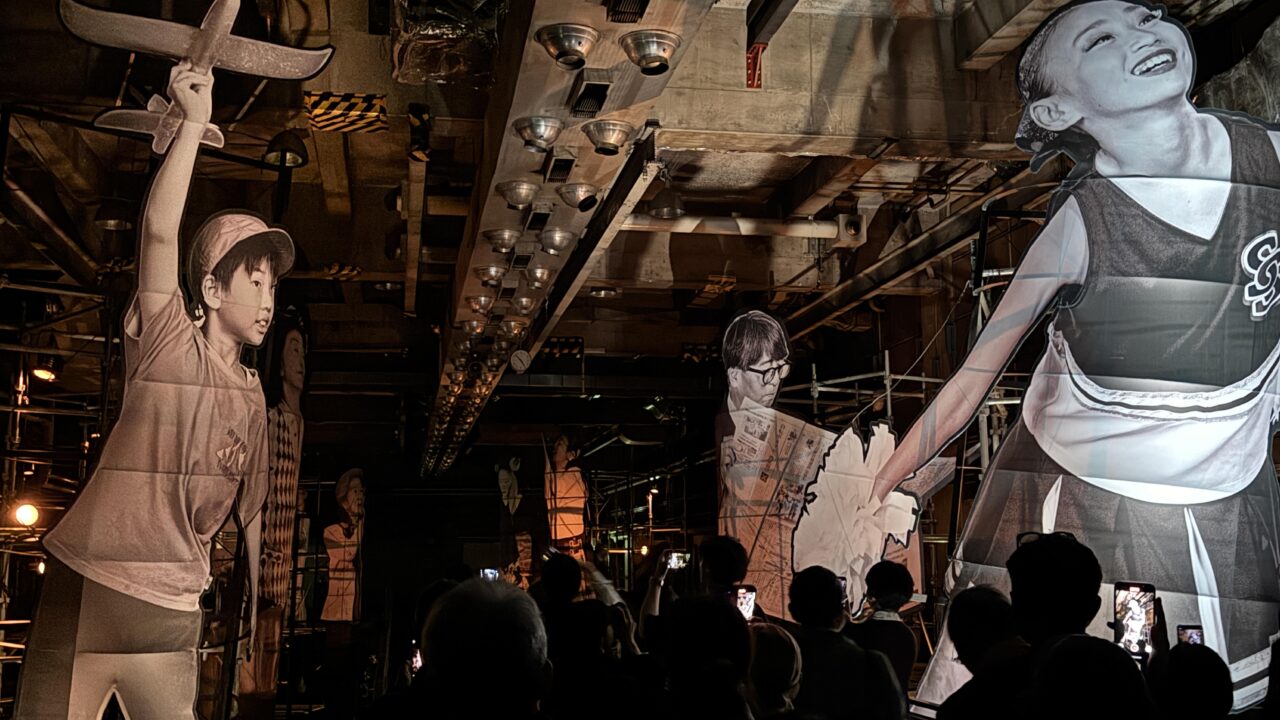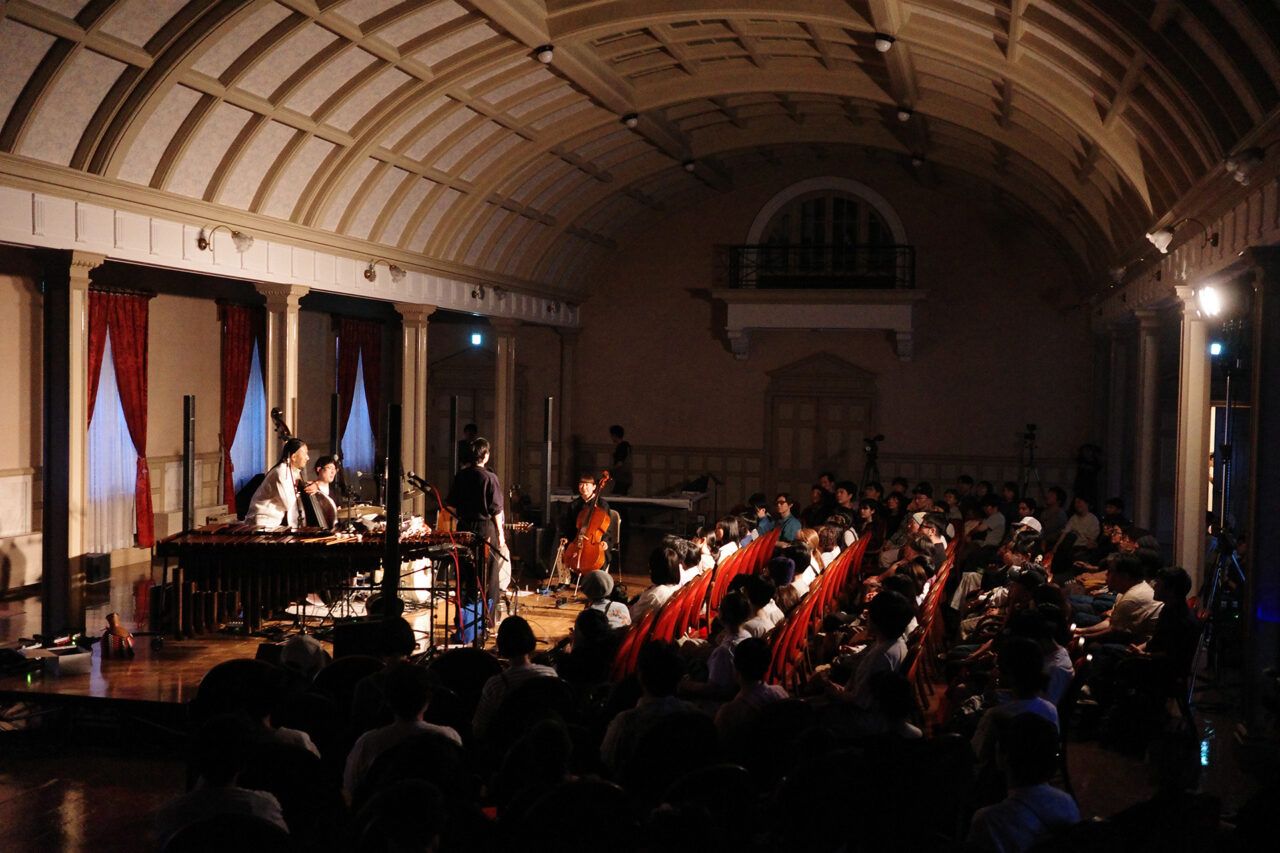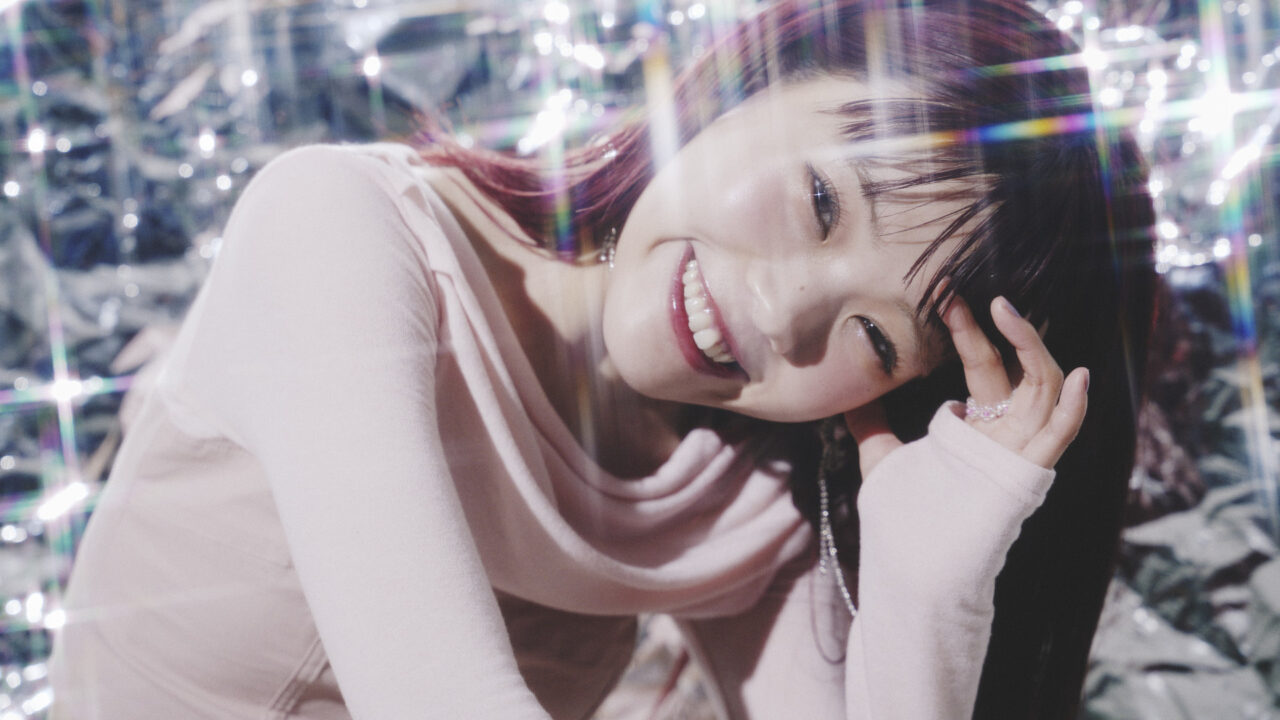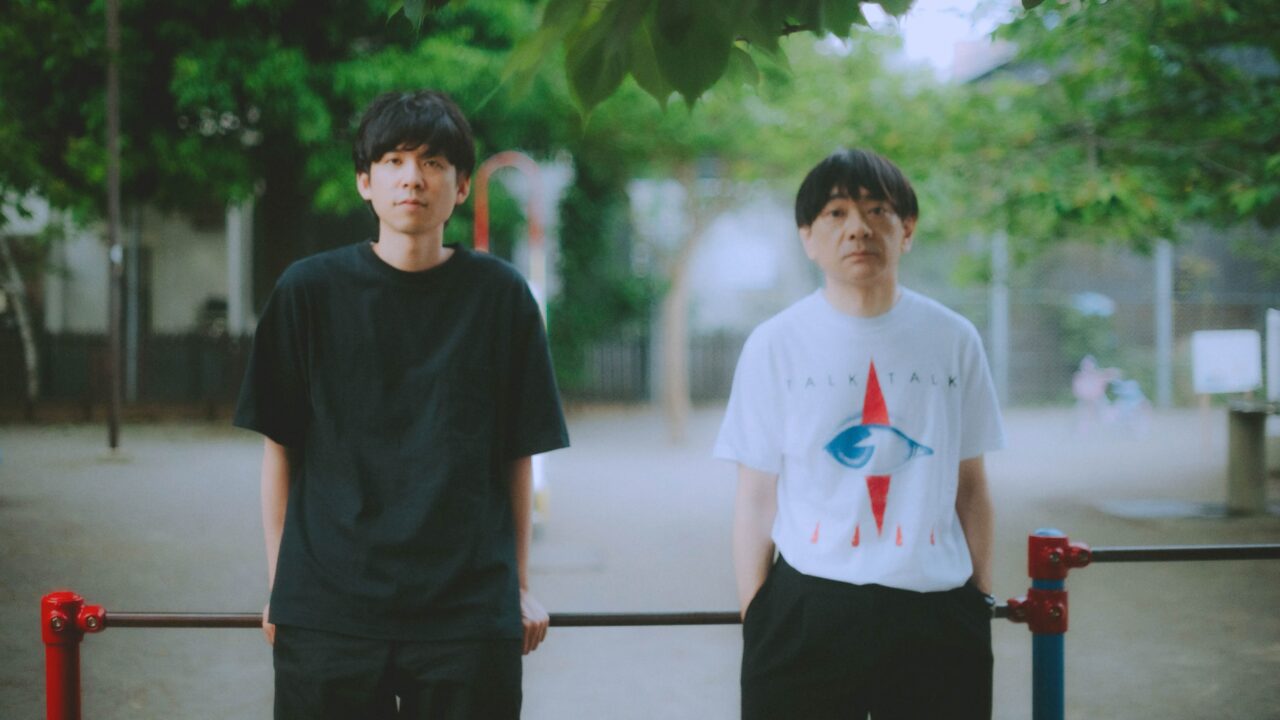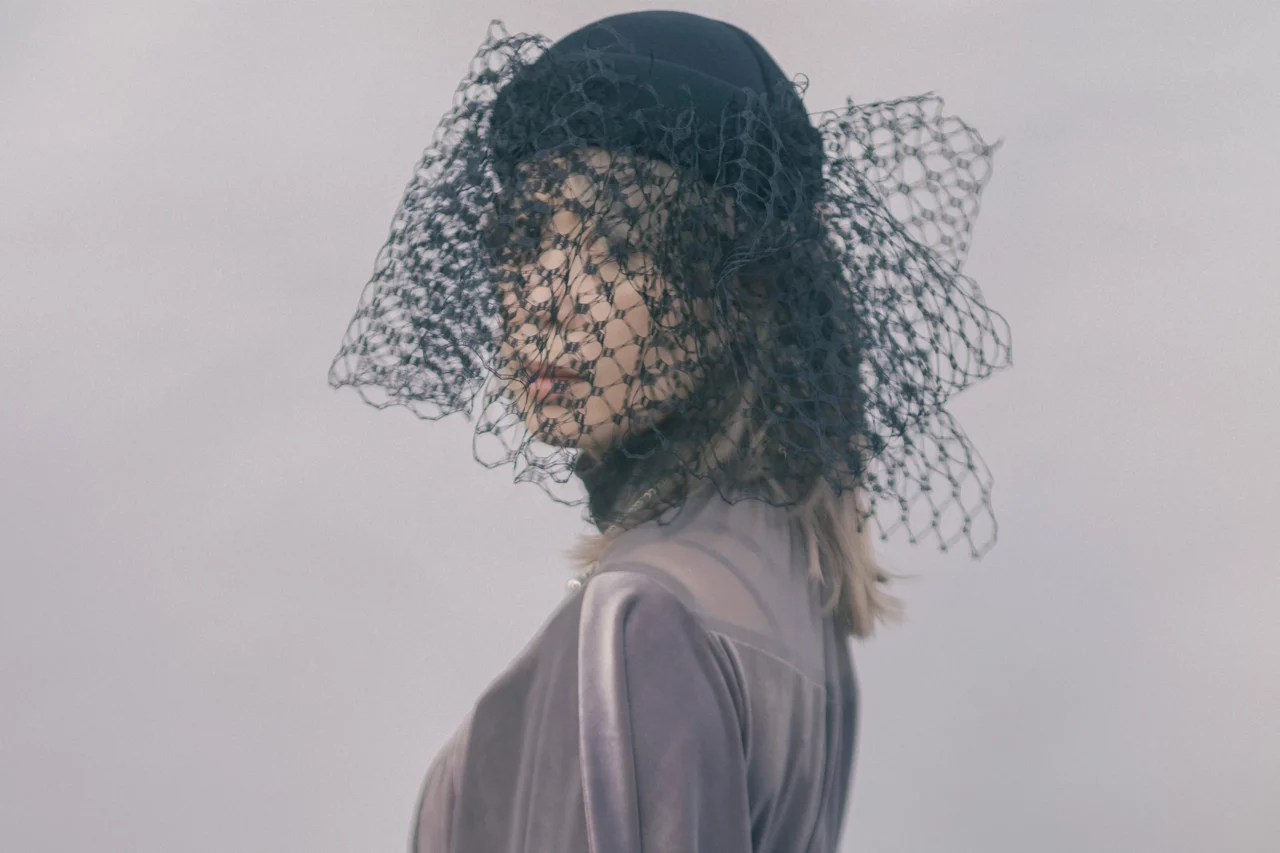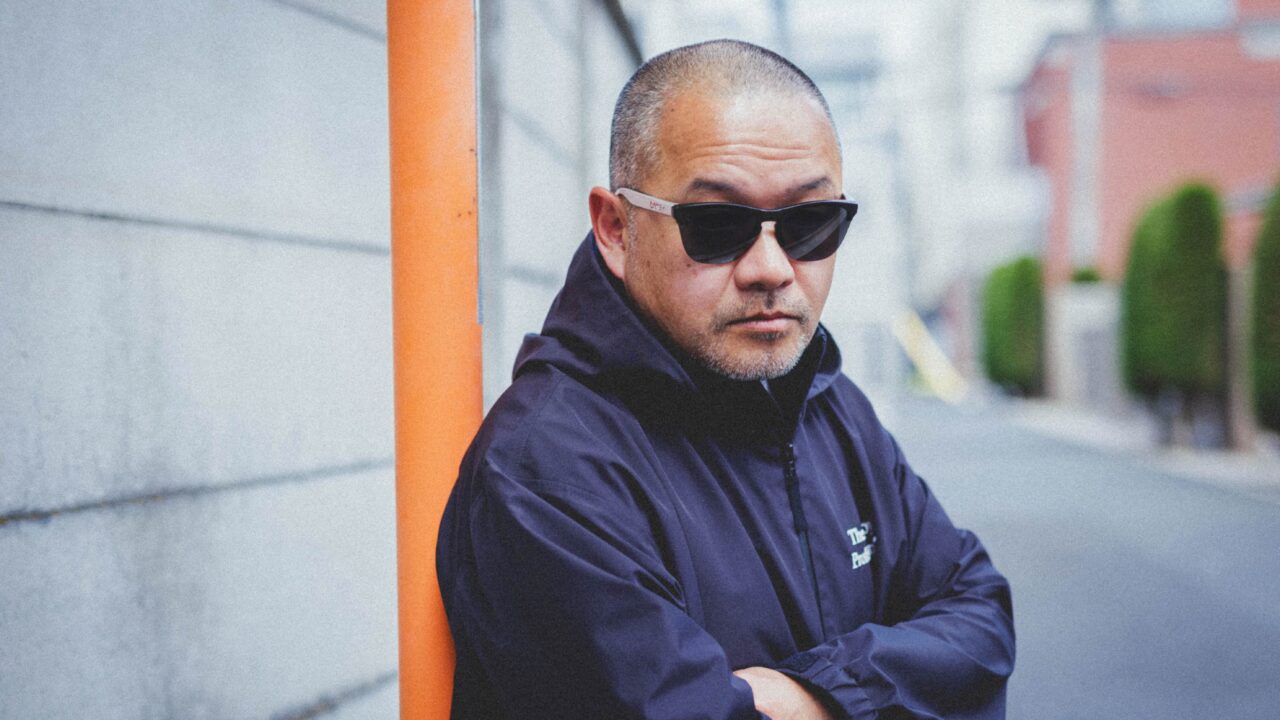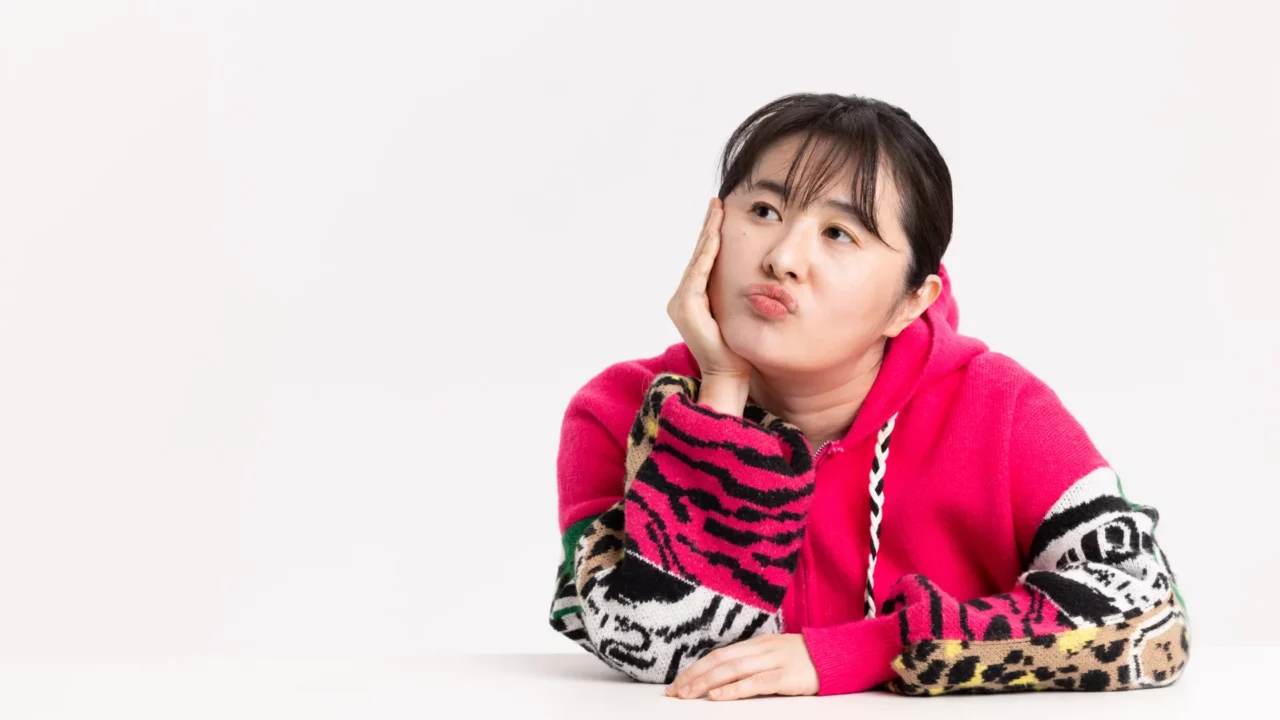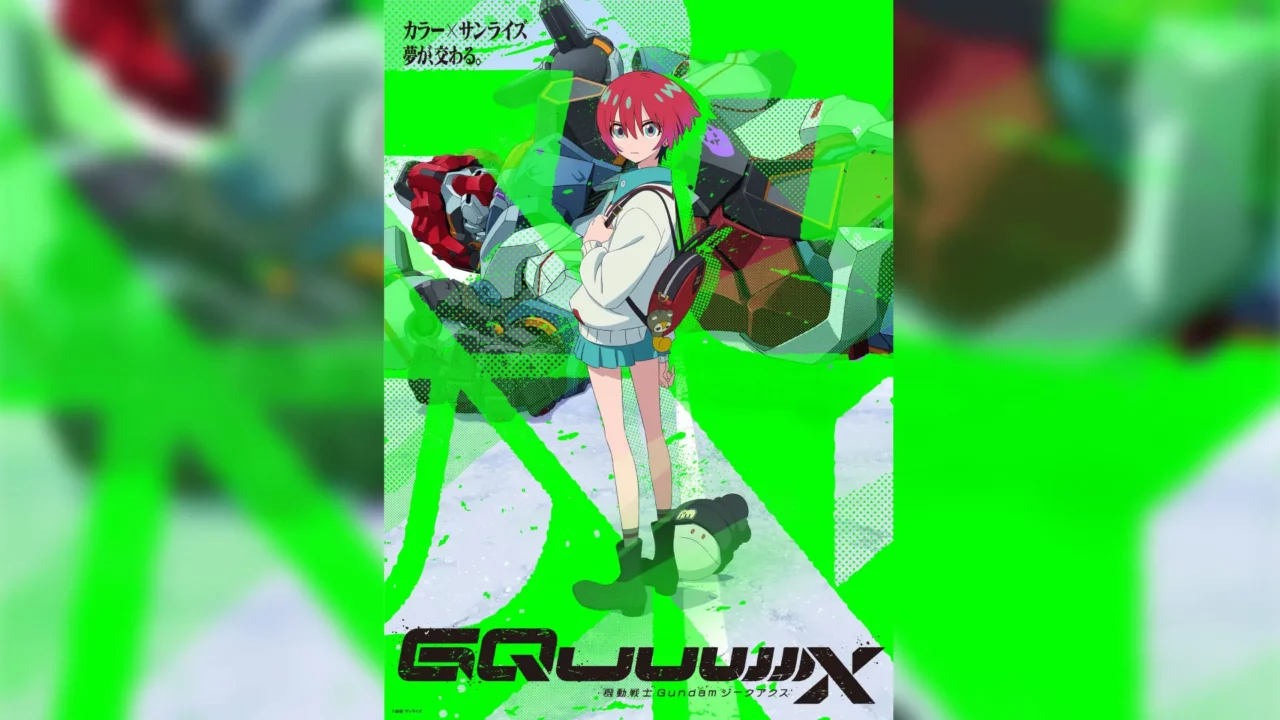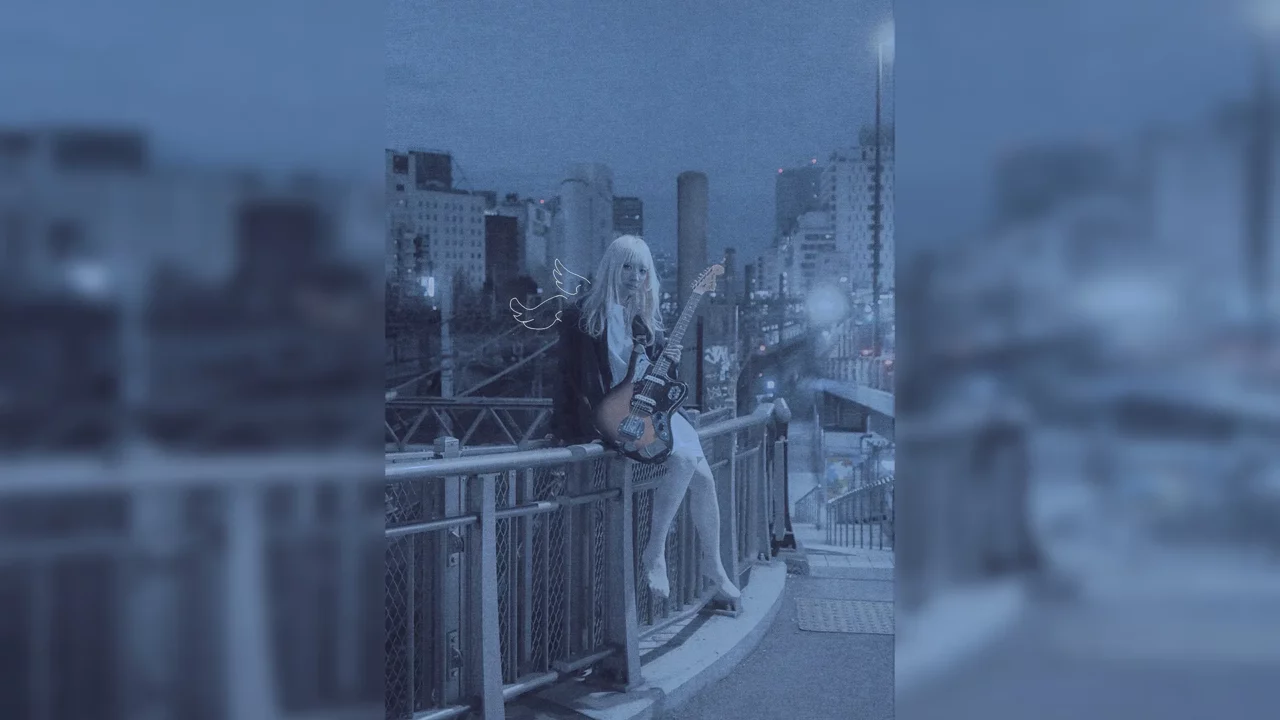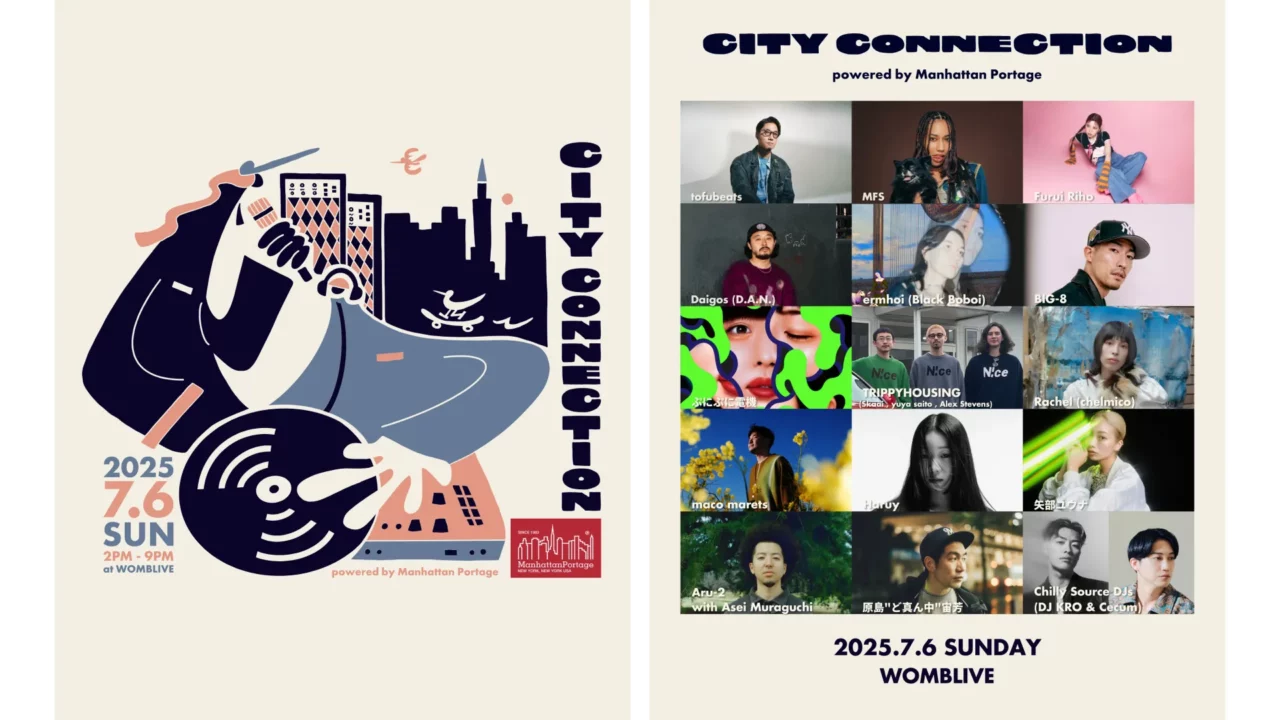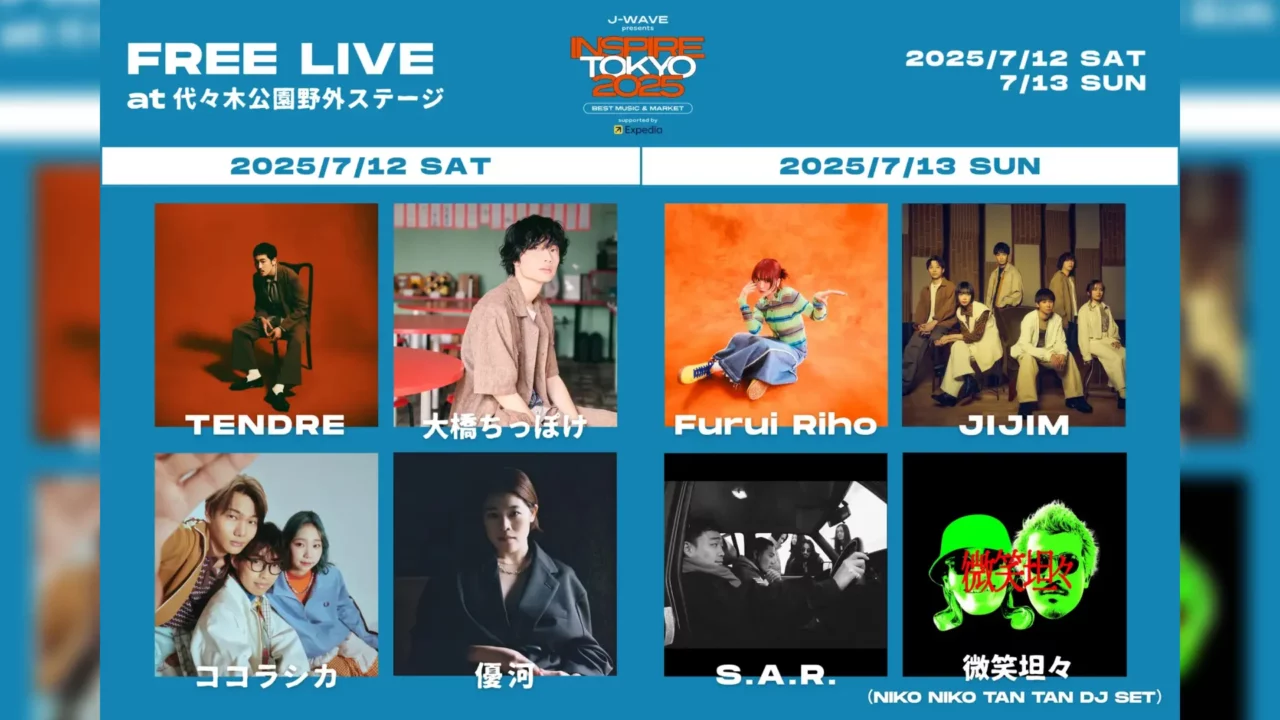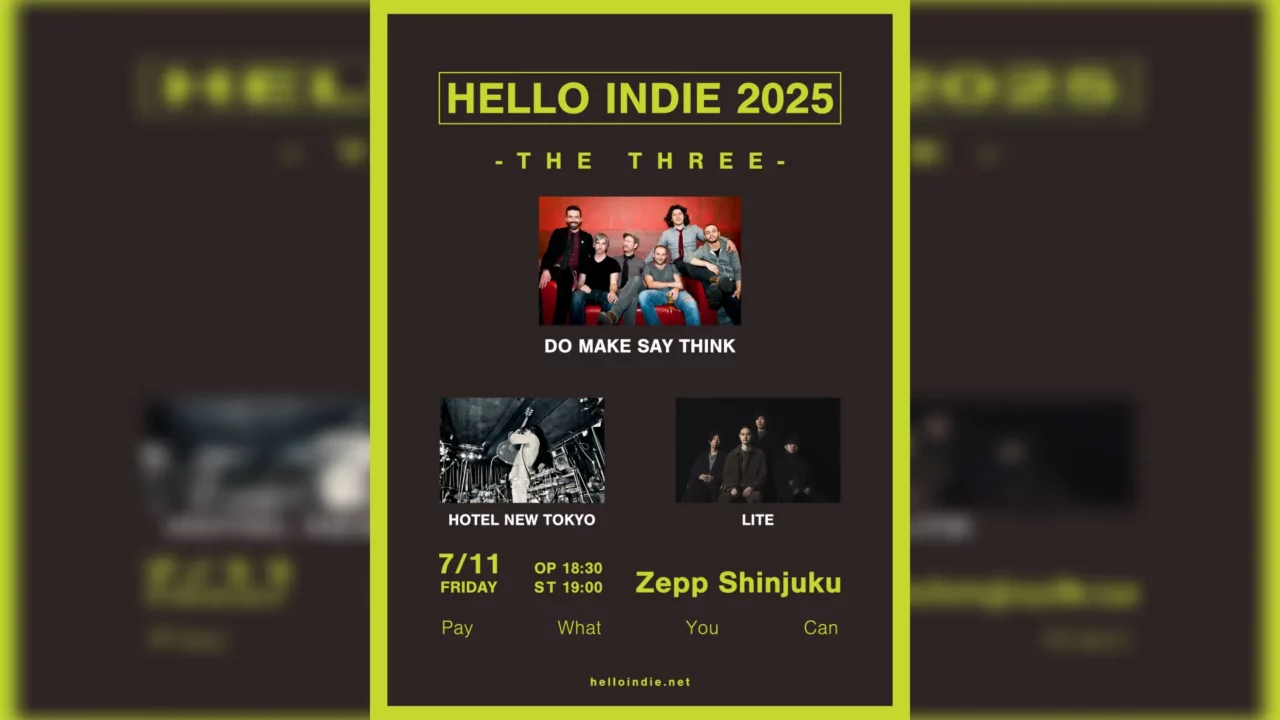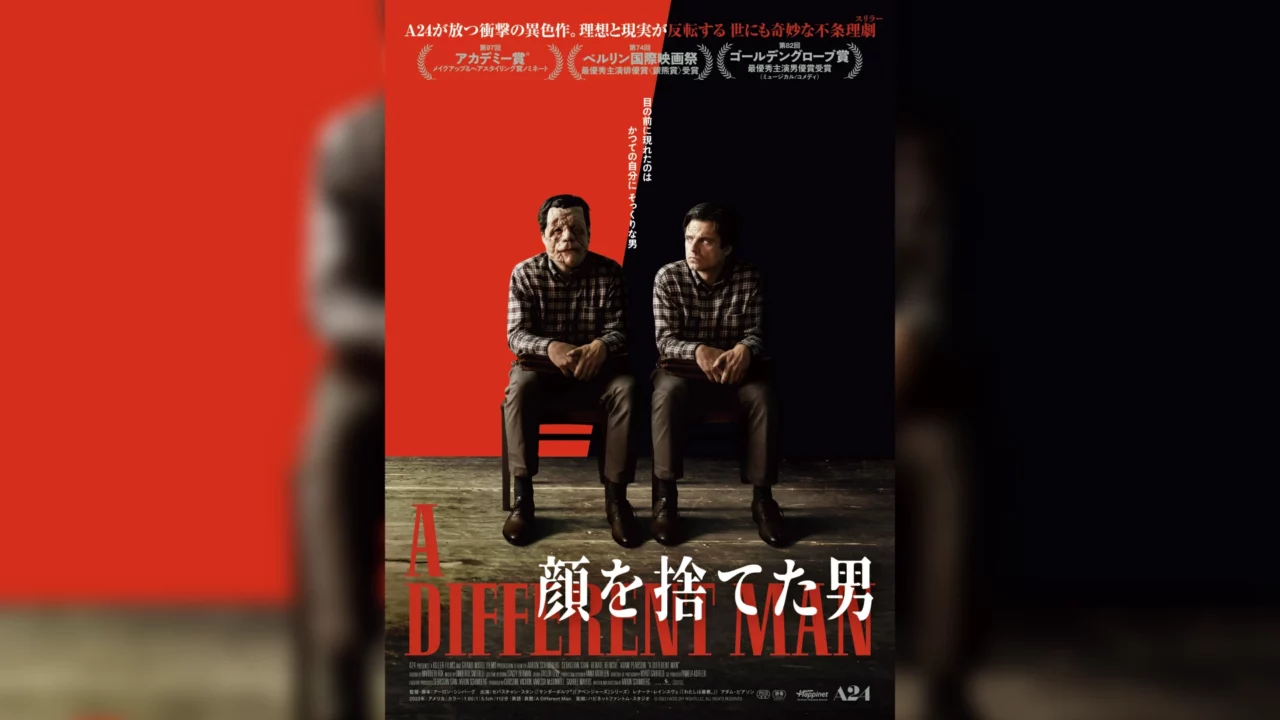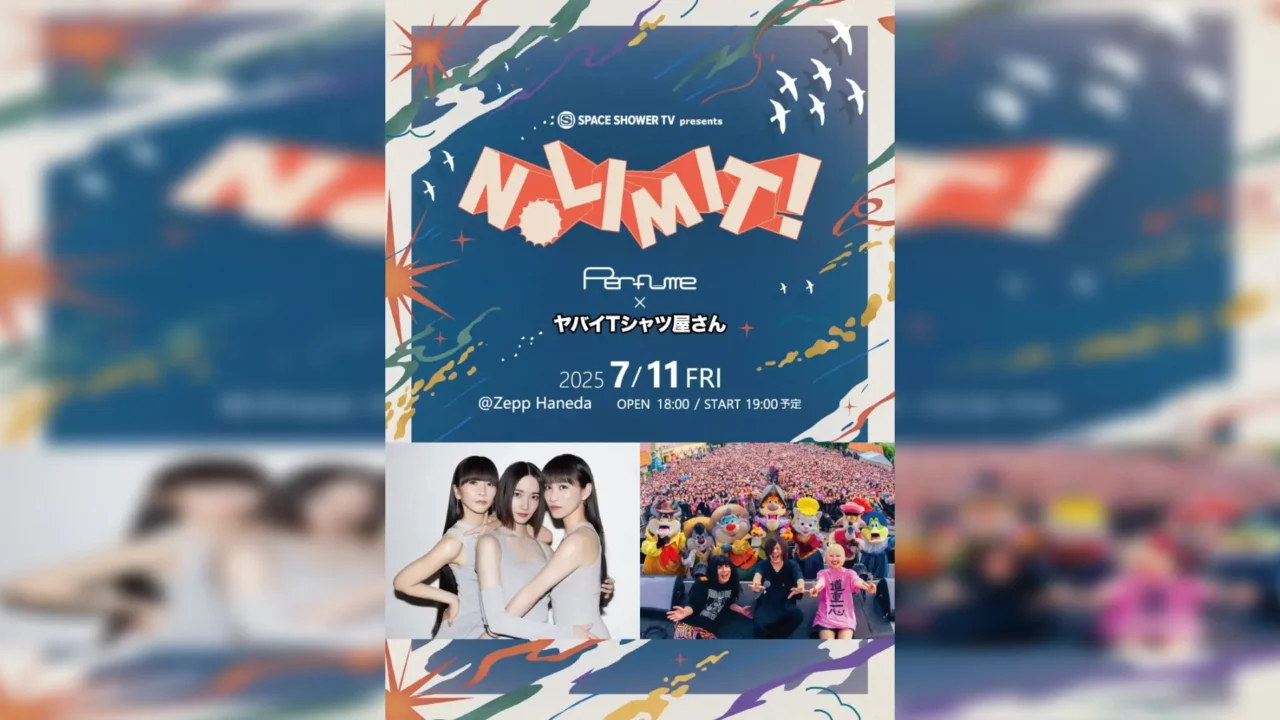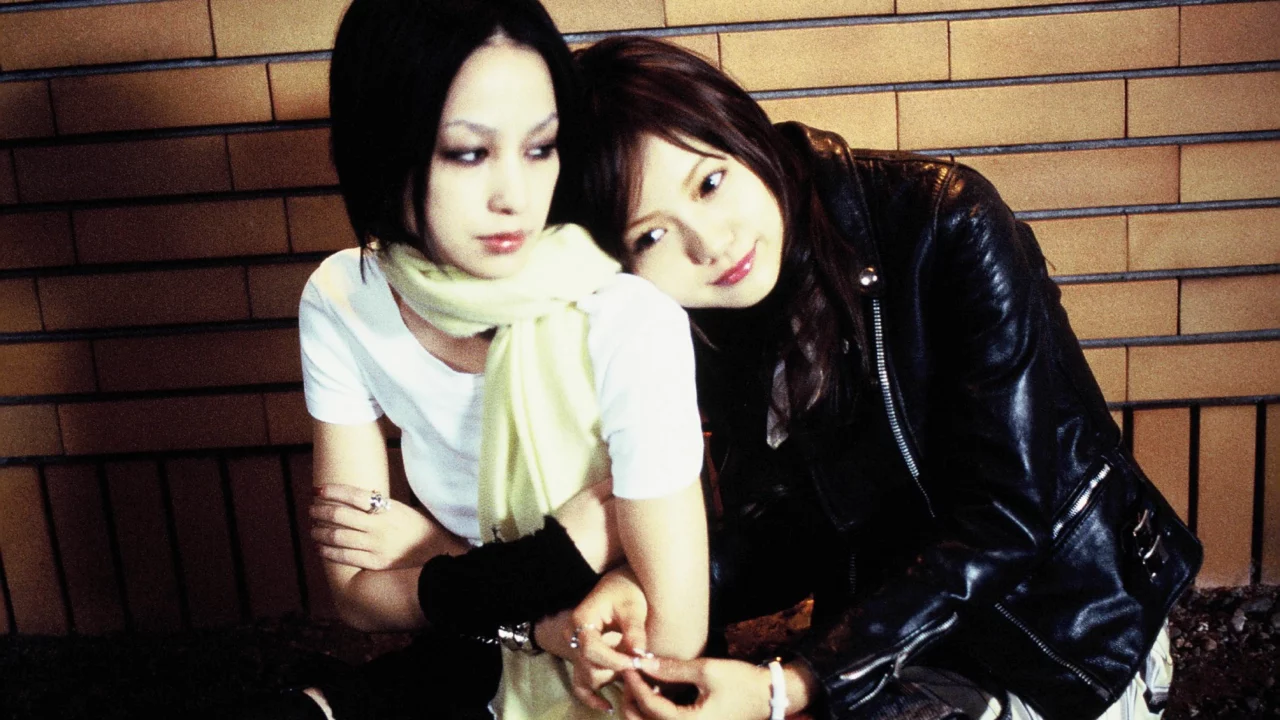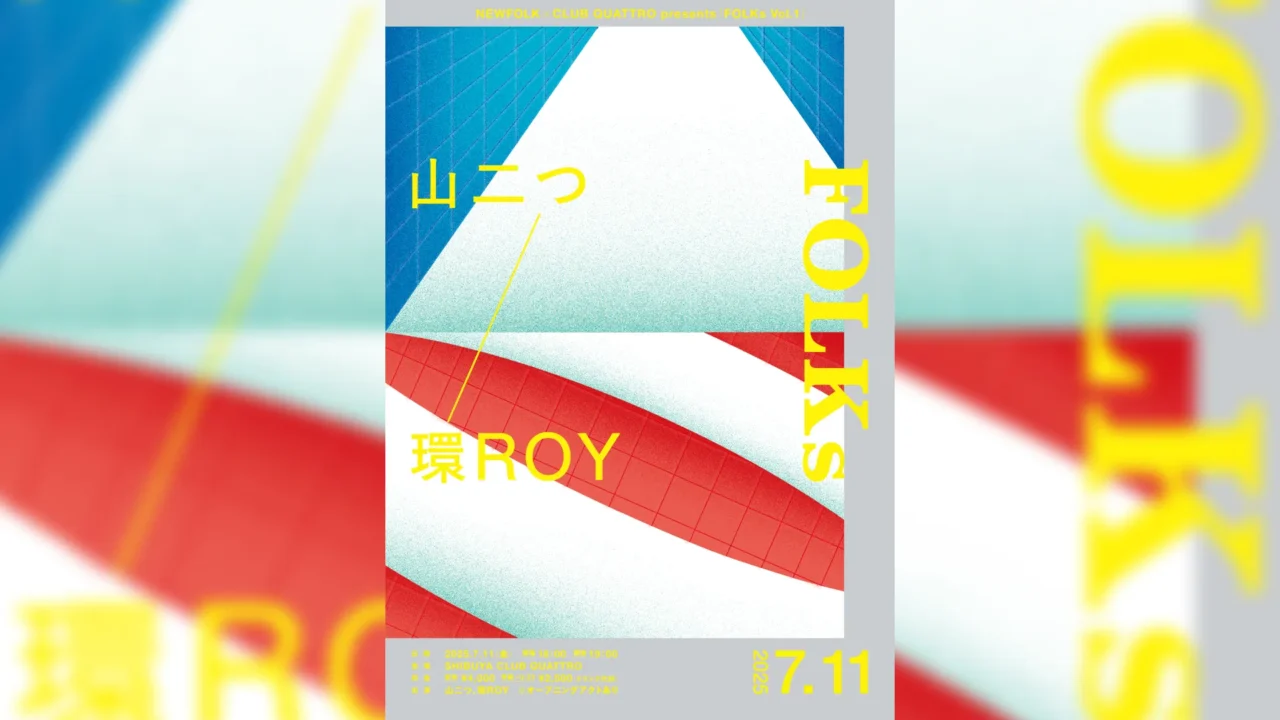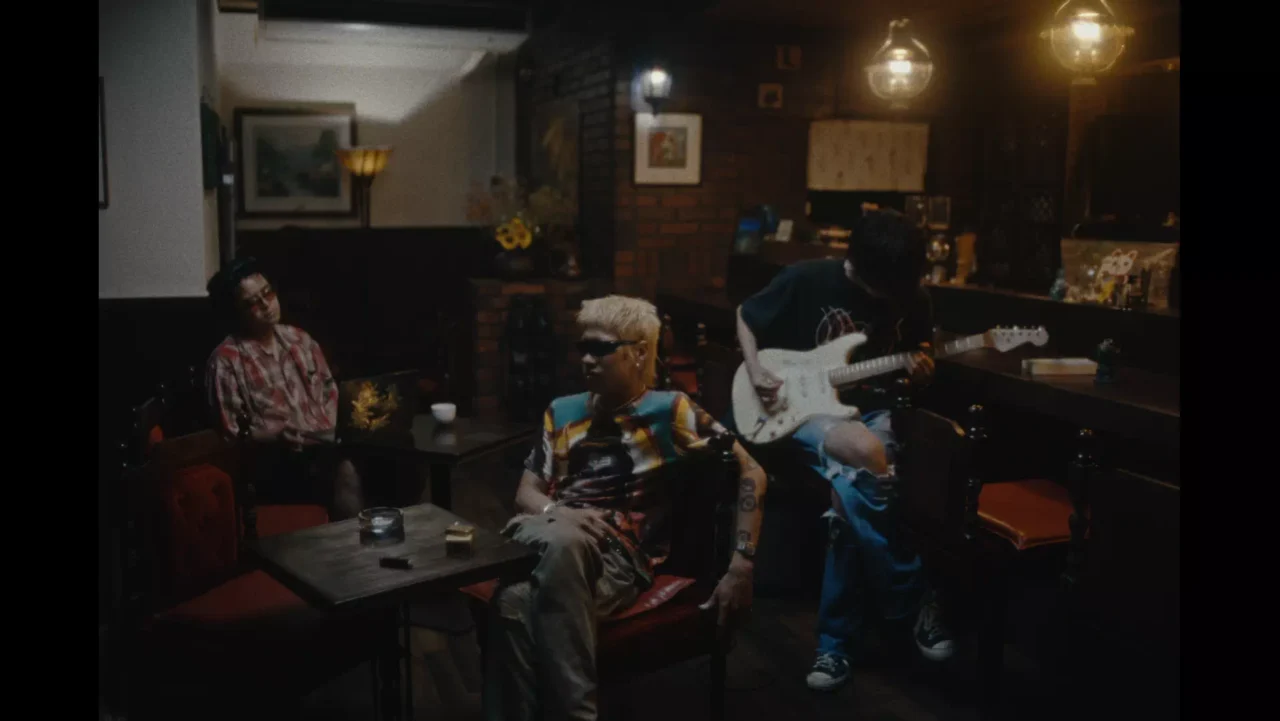Singer-songwriter Nagisa Murakami has unveiled two consecutive singles, “Riyuu wa Nai” and “Uraniwa,” both shaped under the artistic guidance of Yuma Abe from never young beach. Balancing her role as a nursery school teacher, Murakami began captivating audiences with her acoustic performances in Tokyo’s cafés and live music scenes. Her folk-rooted sound and soaring vocals earned acclaim, leading to collaborations with acts like THE Love Ningen and kiss the gambler. In 2024, she lent her voice to Abe’s track “Fuyugoe” on HOSONO HOUSE COVERS and his solo album Hotel New Yuma. This creative partnership naturally evolved, with Abe stepping in to produce Murakami’s latest works.
Their bond goes beyond shared musical styles—it’s built on a steadfast commitment to their art. While their songs exude warmth and joy, at their core lies a fierce artistic integrity. From the defiant “Riyuu wa Nai,” which challenges the demand for easy explanations, to the introspective “Uraniwa,” emphasizing self-care, these tracks are deeply personal reflections by Murakami, amplified by Abe’s fresh perspective. We explore their journey, the collaborative process, and the unique outlook that fuels their artistry.
INDEX
The Spark That Ignited Their Collaboration
How did the two of you meet?
Abe: I was the one who reached out. Last year, while recording for my solo work, I found myself wanting a female voice. Then, by chance, a video of Nagisa singing appeared on my social media feed. Her voice struck me as incredible. I watched a few more videos and noticed we had many mutual acquaintances, so I reached out to her through Instagram DM, and we started by meeting up for a meal.
What specifically about Nagisa’s voice drew you in?
Abe: It felt so natural, uncontrived—like her singing alone could transform the entire scenery. When I listened to her songs, I also noticed her unique approach to lyrics. It’s not often you hear someone write such words to those kinds of melodies and chord progressions. I was intrigued and wanted to know what was going on in her mind, which is another reason I reached out.

Born in Tokyo in 1990, Yuma Abe launched his career in 2014 as a founding member of never young beach. Deeply inspired by Tokyo’s cultural essence—ranging from Haruomi Hosono’s music to the iconic Tora-san film series starring Kiyoshi Atsumi—Abe has crafted a distinctive sound and vision. In 2021, he took a new step by creating his own label, Thaian Records, debuting his solo album Fantasia that June. The journey continued in May 2023 with the release of the EP Surprisingly Alright under Thaian Records and Temporal Drift (U.S.). February 2024 marked a milestone as Abe embarked on his first North American tour, spanning 12 shows across 11 cities.
Which song left the strongest impression on you?
Abe: The first song that really struck me was Sodate!—it’s so catchy and refreshing. It gave me the same feeling I get when I listen to someone like Sachiko Kanenobu. That kind of atmosphere is rare these days, and I thought it was really special. So initially, we worked together on recording Fuyugoe, a song by Haruomi Hosono.
How much were you familiar with never young beach and Abe’s music before?
Murakami: I’ve been listening to never young beach since I was in high school, so I’ve always known about Abe. I also followed him on social media, so when the message came out of the blue, I thought, “Is this for real?” But, as Abe mentioned earlier, we had a lot of mutual acquaintances, so I guess that’s how he got to know me. I really like both his music and his personality, so I was really happy to have the chance to work together.
What were your impressions of each other when you actually spoke for the first time?
Abe: In a good way, I thought she was different—she’s someone who can speak up and say what she doesn’t like, and that alone made me trust her.
Murakami: From Abe’s music and the way he speaks, I felt that we both share a stubborn side. When we actually started working together, I saw him repeatedly facing himself in the studio. Watching him not hide the struggles he was going through, I was reminded that music isn’t just about fun. It turned out to be such a valuable experience.

A singer-songwriter based in Tokyo, Nagisa Murakami blends folk-rooted melodies with a supple rhythm and a voice full of undulating charm, creating a unique and powerful appeal. In 2022, she featured as a guest vocalist on THE Love Ningen’s track “Haruko to Ryohei,” and in 2024, she contributed as a chorus vocalist on works by Yuma Abe (never young beach) and Gusokumuzu. Her opportunities to collaborate are steadily growing.






